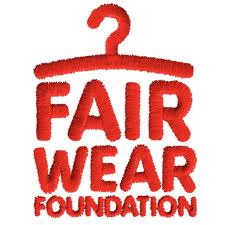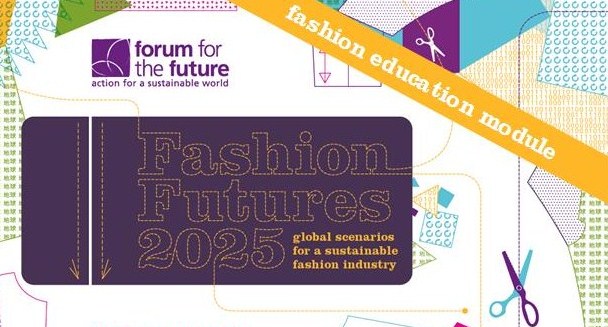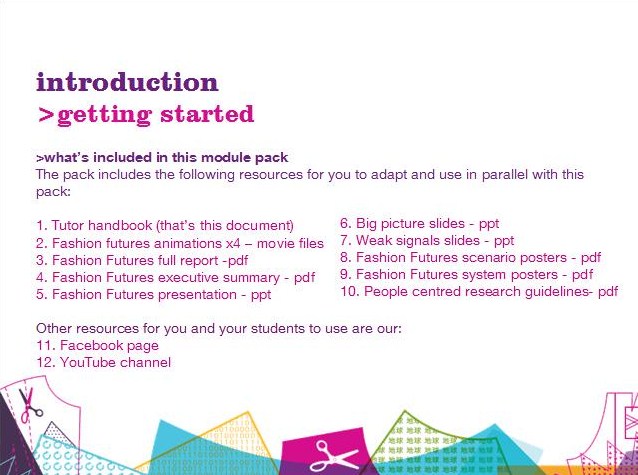In December, news came out that the organic cotton fair trade program in Burkina Faso is not all it’s cracked up to be. There was a flurry of twitter activity against Victoria’s Secret since they buy most of the cotton from this program. And, in the interest of full disclosure, SA was one of those with input on the case both on our twitter feed and on our fb page:

Social Alterations tweets on the Burkina Faso cotton issue
In response to this activity, Professor Chris MacDonald [from the ever-excellent The Business Ethics Blog] wrote an article in Canadian Business Magazine entitled Victoria’s Secret and child labour. In it he made some great points about:
a) the complexity of supply chains:
“The case of Victoria’s Secret’s cotton supply illustrates a clear failure of third-party supply-chain monitoring, but it is also an illustration of the complexity of that monitoring. It’s a lovely idea to promise your customers organic, fair-trade cotton, but making good on the promise is another thing altogether.”
b) the importance of context:
“The fundamental problem, though—the one that makes the life of a parentless child in Burkina Faso so miserable—is that Burkina Faso is a miserably poor country.”
and,
c) paying more does not always translate to better conditions:
“Pouring more money into a supply chain has complex effects…paying more for something draws more people into the business, which increases supply, which drives down prices. Note also that if VS customers are willing to pay more for the cotton in their panties, that inevitably means they’re spending less money on something else—and spending less on something else means someone else, somewhere, is earning less money.”
He also concludes that:
“The sad truth is that for some kids there, labour in the cotton fields is their best alternative; their families can’t really afford to feed them, let alone to send them to school. This is why I say that while child labour is always bad, it’s not always wrong.”
Further arguing that companies may avoid Burkina Faso’s cotton to keep their hands clean of this issue or the ‘child labour’ rules may even be enforced which would leave child labourers struggling to survive.

Clarisse left transporting cotton to a store house. Copyright: Chris Ratcliffe/Bloomberg.
Some really interesting stuff and in light of the allegations by Fair Trade International that Cam Simpson, Bloomberg’s reporter, staged the whole thing, this story got much more complicated and attention shifted to the accusations instead of the debate on child labour.
I agree with Chris MacDonald’s arguments, including the one about child labour being bad but not always wrong. But, the thing that was missing from this story is a focus on context and understanding that one cannot superimpose global [sometimes Western] normative standards over local norms and expect them to be adopted and prevail. I don’t have issues with child labour if and only if children have legal protection and are working in safe conditions free from fear, with the freedoms given to all workers and the special rights drafted in the UN Convention on the Rights of the Child. Realistically, the world doesn’t work that way. Most of the countries where children are working do not have the governance capacity to ensure the safety and legal protection of full grown workers let alone children. We are also talking about a normative environment that socializes its members to view child labour under such conditions as acceptable. Look at the Bloomberg article’s section on Kamboule, Clarisse’s guardian and cousin:
“Kamboule acknowledges striking Clarisse.
“I sometimes beat her,” he says. “This is when I give her work and she doesn’t deliver.”

Kamboule, Clarisse's cousin, copyright: Bloomberg.
“As with Clarisse, his own parents left him with relatives to labor rather than attend school. Strong and lean, the illiterate farmer seems to toil endlessly, wearing the same pair of tattered shorts each day.”
What Bloomberg is describing sounds like a practice that has been institutionalized in Burkina Faso. I mean, they have a name for a child in Clarisse’s situation and it has occurred through at least two generations. But the description given by Bloomberg would have you believe that it’s a thinly veiled excuse for child trafficking.
When I saw the term describing Clarisse as Kamboule’s enfant confie and later read that he himself was also an enfant confie, I realized that this is a well entrenched social practice. When I did some quick research on enfant confie, I couldn’t find anything in English, so I did a search in French and what I learned is that the understanding of ‘family’ in West Africa is not limited to the direct family or even the extended family. It includes the community. Traditionally, this practice, enfant confie, is not exactly adoption; it includes a social and educational aspect. The children are entrusted to their guardians with the goal of improving their access to education and participating in a form of apprenticeship. In the process, the practice helps to strengthen familial solidarity and the social bonds of kinship. However, socio-economic conditions have a great impact on social practices so it’s important to try to understand the root causes and the consequences of enfant confie as it is practiced today.
When organizations try to embed global standards into a new context, it’s important to take into account the social practices that already exist in the country and try to imagine how local practices would influence outcomes. So, when stories like this emerge, we need to suppress our judgement and look beyond the surface. Victoria’s Secret got a lot flack for this story, but at the end of the day, I think it’s a shame that the real lesson was not learned: ‘global’ norms and standards are not exactly ‘global’. They enter into different countries with different conditions and are filtered through a local normative lens. People in these countries are acting within their own paradigms. Our job is to try to understand these paradigms and then work within them to slowly push for real change. Any action that aims to simply transplant a ‘global’ norm or standard into a local context without any adjustment to fit this local context is bound to fail.
Some sources on enfant confie:
Guillaume, A., Vimard, P., Fassassi, R. and N’Guessan, K. (1997). La Circulation des Enfants en Côte-d’Ivoire: Solidarité Familiale, Scolarisation et Redistribution de la Main-d’œuvre.
Pilon, M. (2003). Confiage et Scolarisation en Afrique de L’Ouest: Un Etat des Connaissances.
Rakoto-Tiana, N. (2012). Confiage et Scolarisation des Enfants en Milieu Rural à Madagascar (UMR DIAL Working Paper No. 2012-01).
Younoussi, Z. (2007). Les Déterminants Démographiques Et Socio-Economiques Du Confiage Des Enfants Au Burkina Faso. African Population Studies/Etude de la Population Africaine, 22 (2), 205-231.
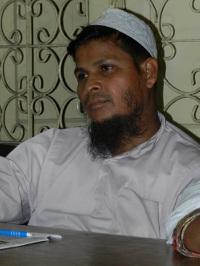



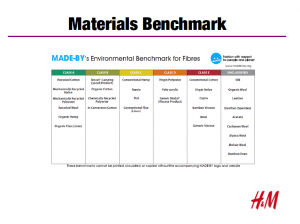

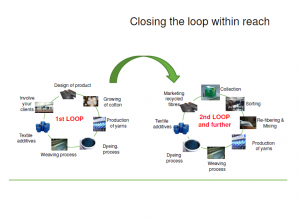



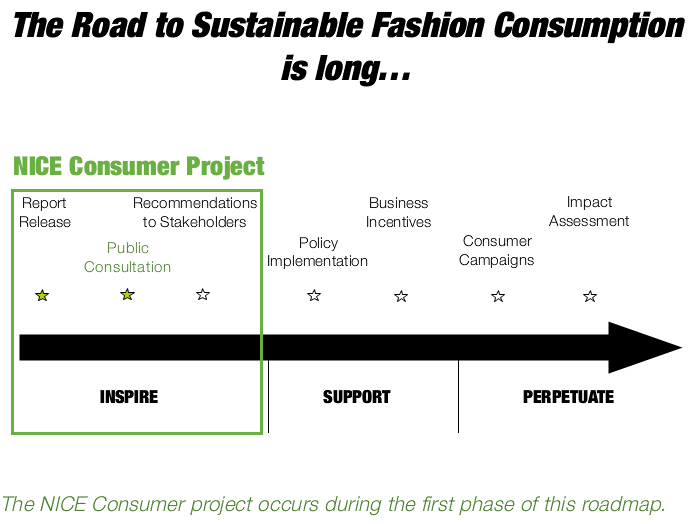
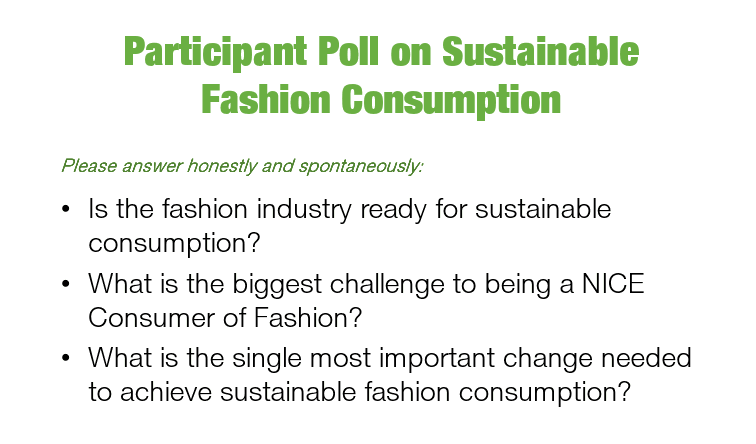
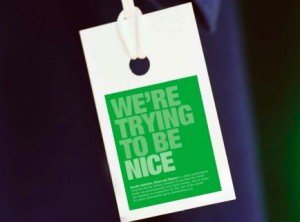
![SA [Fashion High]](http://socialalterations.com/wp-content/uploads/2012/03/SA-Fashion-High.jpg)
